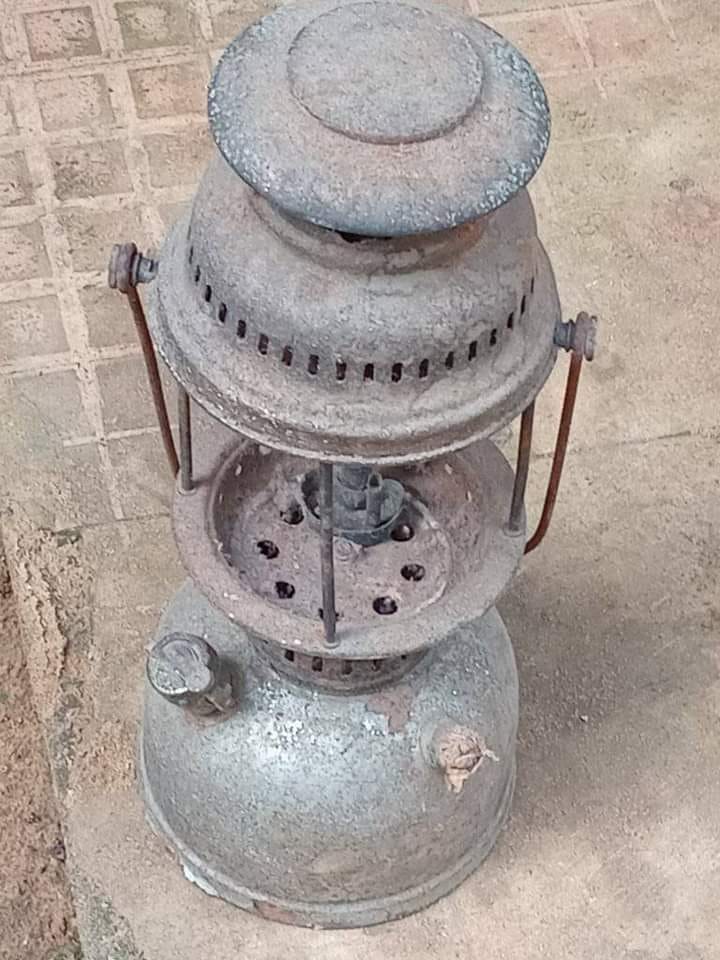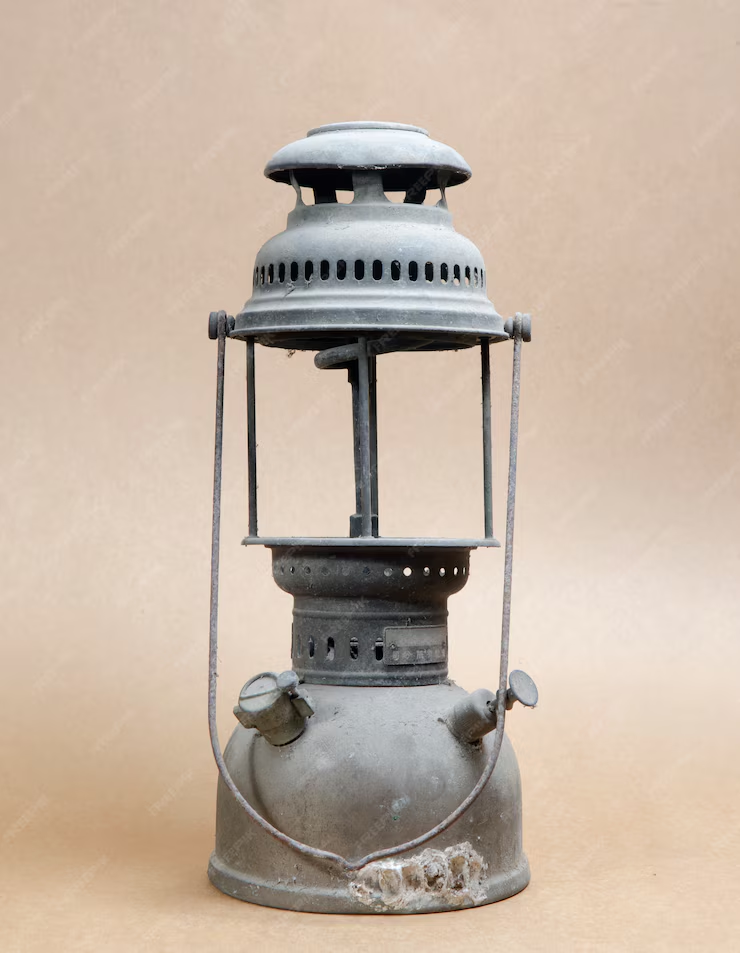Kerosene lamps have played a pivotal role in shaping modern society by illuminating homes, workplaces, and public spaces long before the advent of widespread electricity. From their origins in the mid-19th century to their continued use in certain parts of the world today, kerosene lamps embody innovation, resilience, and history. This article explores the journey of kerosene lamps, their technological advancements, and their lasting impact on everyday life.
The Birth of Kerosene: A Revolutionary Discovery

The invention of kerosene changed the world’s approach to artificial lighting. Before kerosene, households relied on inefficient and costly fuels like whale oil, fat, or camphene. The breakthrough came in 1846 when Dr. Abraham Gesner, a Canadian physician and geologist, distilled coal to produce a clear liquid that burned with a bright, clean flame. Gesner named this liquid “kerosene,” derived from the Greek word keroselaion, meaning “wax oil.” This discovery laid the foundation for modern lighting solutions.
Ignacy Łukasiewicz: Inventor of the Modern Kerosene Lamp
In 1853, Polish inventor Ignacy Łukasiewicz revolutionized lighting by creating the first modern kerosene lamp. Building on Gesner’s discovery, Łukasiewicz refined the process of extracting kerosene from petroleum, making it more affordable and accessible. He also constructed the world’s first oil refinery in 1856, solidifying his role as a pioneer in the field. His lamp design, featuring a wick and a glass chimney, became a template for future innovations.
At the same time, Robert Dietz, an American entrepreneur, patented a functional flat-wick burner designed specifically for kerosene. These portable lamps became widely used due to their practicality and efficiency.
Types of Kerosene Lamps
Over time, various kerosene lamp designs emerged to cater to different lighting needs. The main types included:
- Flat Wick Lamps: Simple and practical, these lamps used a cotton wick submerged in a kerosene reservoir. The flame was protected by a glass chimney that directed airflow, allowing the lamp to burn efficiently.
- Tubular Wick Lamps: A more advanced version of the flat wick lamp, tubular wick lamps featured a central draft system for brighter and more consistent light. They required larger glass chimneys to maintain airflow.
- Mantle Lamps: These lamps utilized a fabric net coated with rare-earth salts, which glowed brightly when heated by a flame. Mantle lamps produced significantly more light than wick-based designs and were ideal for larger spaces.
The Rise of Kerosene Lamps in Everyday Life
Following the American Civil War, kerosene lamps became increasingly popular, replacing whale oil and other less efficient fuels. John H. Irwin’s innovations, such as the coil oil lamp and later the hot-blast design, enhanced kerosene lamp performance. The hot-blast system redirected heated air to the flame, while the subsequent cold-blast design drew in oxygen-rich air for brighter illumination.
Kerosene lamps transformed nighttime productivity. Factories extended working hours, farmers could work later in the fields, and public spaces like theaters and shops remained open after dark. This newfound convenience marked the beginning of an economic and cultural revolution.
The Impact of Kerosene on the Petroleum Industry
The success of kerosene fueled the growth of the petroleum industry in the 19th century. Oil refineries in Pennsylvania, Ontario, and other regions began producing kerosene in large quantities to meet growing demand. Its versatility extended beyond lamps, powering stoves, heaters, and even lighthouses.
For many Americans, kerosene lamps offered an affordable and reliable lighting solution compared to the expensive and inaccessible gas lighting systems of the time.
The Transition from Kerosene to Electricity

Despite the widespread adoption of kerosene lamps, the invention of the electric light bulb by Thomas Edison in 1879 marked the beginning of their decline. However, electricity took decades to become a household standard. By 1925, only half of American homes had electric power, and kerosene lamps remained a vital source of light, particularly in rural areas.
Even today, kerosene lamps hold a place in many households worldwide. In areas without reliable electricity, kerosene lamps provide essential lighting for cooking, studying, and daily activities. They also serve as backup lighting during power outages or emergencies like hurricanes and floods.
Modern Uses and Legacy of Kerosene
While kerosene’s role as a primary lighting source has diminished, its legacy endures. Today, kerosene is a key component of jet fuel and was even used in NASA’s rocket engines. Collectors and enthusiasts cherish vintage kerosene lamps for their historical value and aesthetic appeal.
In emergency preparedness, kerosene lamps remain a trusted choice for reliable, portable lighting. Their timeless design and functionality make them indispensable in certain situations, bridging the gap between past and present.
Conclusion
Kerosene lamps have illuminated more than just spaces—they’ve lit the path for human progress. From their humble beginnings as coal-derived fuel to their global adoption as a revolutionary lighting solution, kerosene lamps represent the resilience and ingenuity of humanity. While electricity has largely replaced kerosene in modern life, the impact of these lamps on industry, culture, and daily life is undeniable. Their story is a testament to how innovation can transform society, one bright idea at a time.


